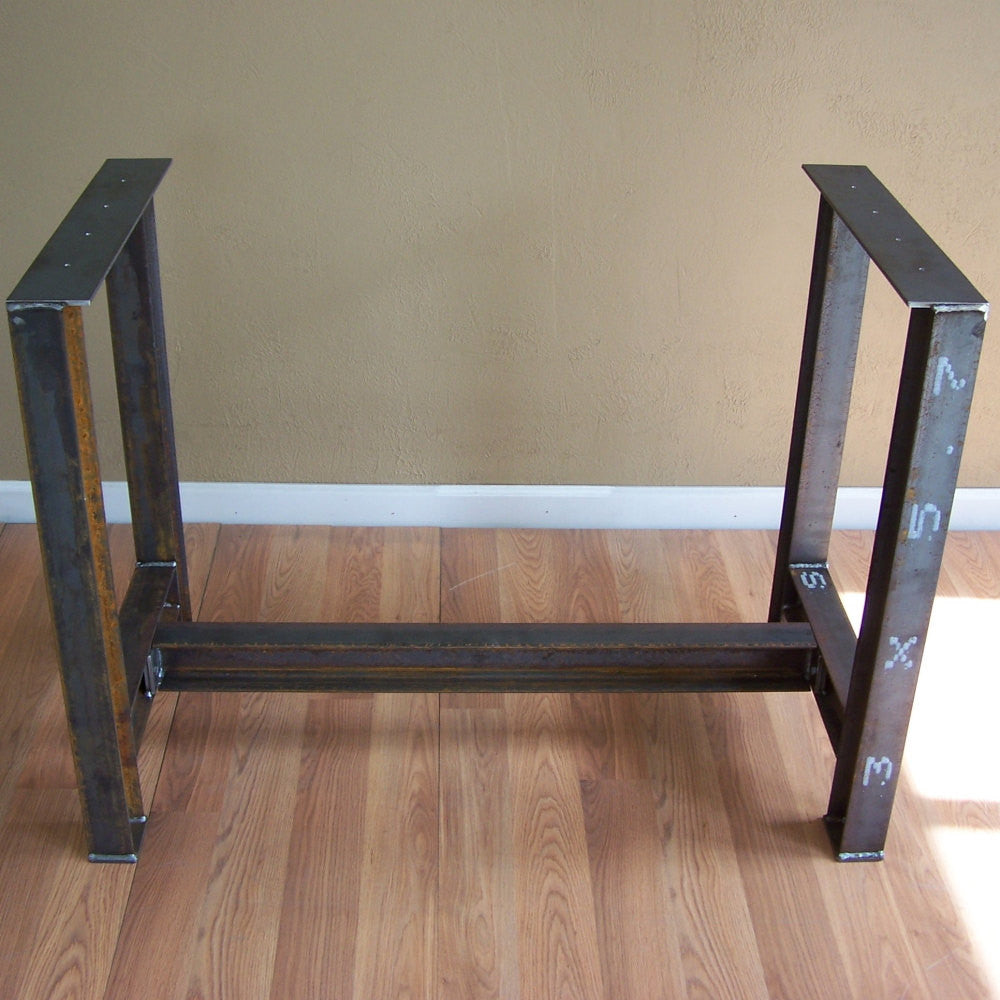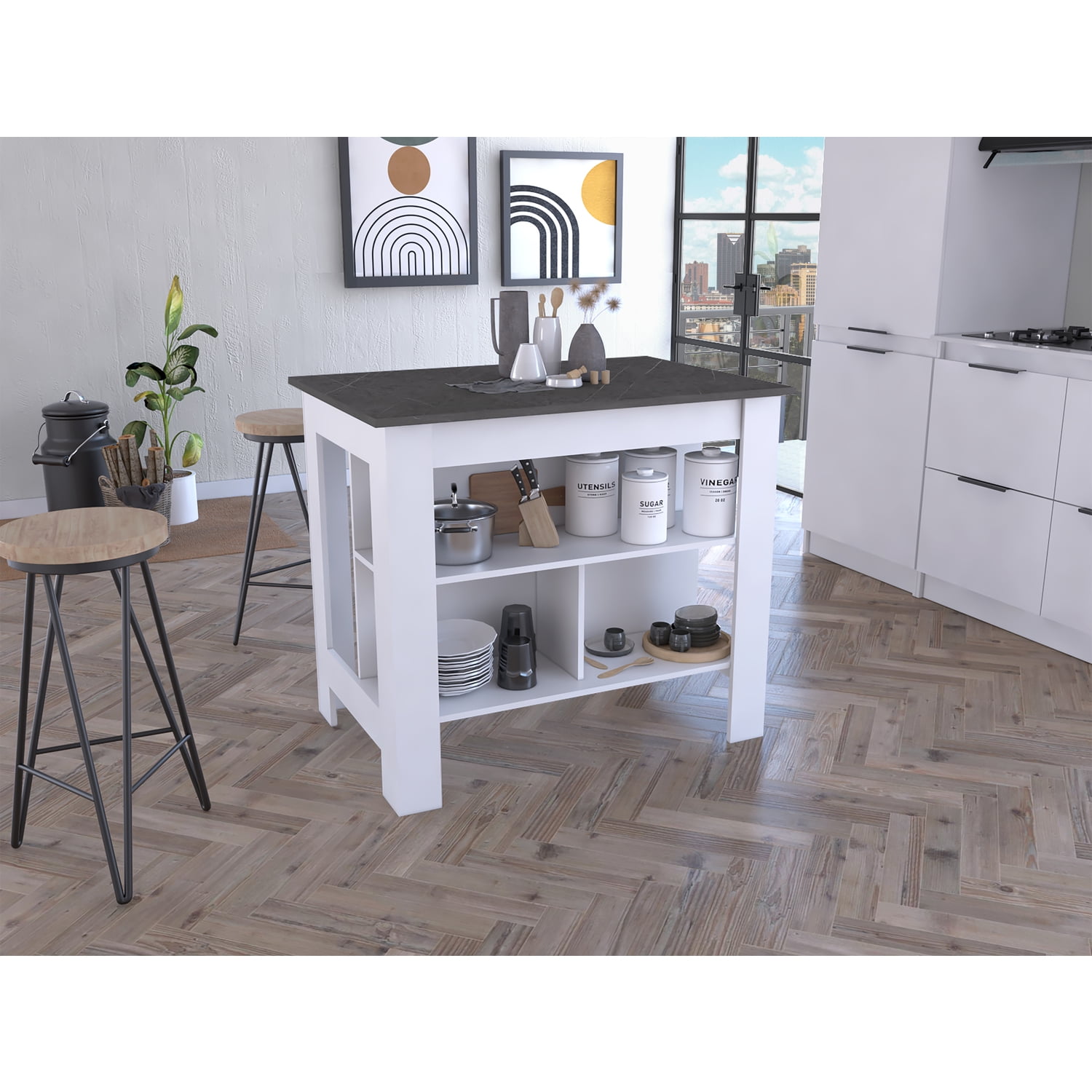An Overview to Choosing the Perfect Legs For Kitchen Area Island for Your Home
Choosing the optimal legs for your kitchen island is a nuanced decision that impacts both the capability and visual charm of this main space. As you consider these elements, it comes to be noticeable that the appropriate legs can change not only the look of your kitchen yet additionally its usability for years to come.

Comprehending Kitchen Island Legs
When picking legs for a cooking area island, it's necessary to comprehend their aesthetic and useful duties in the general design. The legs offer as a vital support system, guaranteeing stability and longevity for the island, which frequently operates as a work area, dining area, or gathering area. The choice of material and construction strategy need to be robust enough to endure day-to-day usage and prospective wear.
In addition to their structural obligations, legs add considerably to the island's aesthetic allure. They can boost the kitchen area's design, whether with traditional, modern, or eclectic designs. The height and proportion of the legs are likewise essential factors to consider; they have to harmonize with the island's kitchen counter height while ensuring comfortable seating for those utilizing the room.
In addition, the leg layout can influence the general flow of the kitchen. Open, ventilated leg designs can develop a feeling of lightness, while solid, significant legs might share a more grounded and secure aesthetic - Legs For Kitchen Island. Comprehending these aesthetic and useful aspects will direct home owners in making educated options that match their kitchen area's style and boost its functionality
Popular Styles and Products
The option of legs for a kitchen area island incorporates a selection of popular styles and materials, each offering distinct features that can improve both capability and looks. Amongst one of the most sought-after styles are modern, rustic, and standard. Contemporary legs typically include smooth, minimal styles that highlight simpleness and tidy lines, making them ideal for modern-day cooking areas. Rustic styles, on the various other hand, embrace natural environments and typically display recovered wood or troubled finishes, including heat and appeal to the area. Conventional legs usually show ornate information and workmanship, enhancing traditional cooking area layouts.

Height and Stability Considerations

Stability is an additional important factor Clicking Here to consider. Continue The legs of the cooking area island must supply ample support, making sure that the framework can hold up against everyday usage without changing or tottering. Material selection plays a substantial function in security; steel legs, as an example, often tend to supply greater stamina contrasted to timber. In addition, making sure that the island is firmly secured to the flooring or wall surface can improve security, specifically for larger islands that may bear significant weight.
Matching Your Kitchen Area Visual
Selecting the best legs for your kitchen area island goes past capability; it additionally plays a significant role in the general aesthetic of the area (Legs For Kitchen Island). When selecting legs, think about the layout style of your cooking area.
Legs that enhance or comparison with your island's surface area and surrounding cabinetry can create aesthetic harmony or striking focal points. Additionally, take into consideration the coating of the legs; matte, glossy, or textured coatings can substantially affect the overall feeling of the kitchen area.
Setup and Upkeep Tips
Setting up kitchen island legs needs mindful interest to information to guarantee both security and aesthetic charm. Make use of a stud finder to find wall surface studs if you are attaching the legs to a wall surface or using brackets for included assistance.
When protecting the legs, make use of top notch screws and, if required, timber adhesive for additional stamina. For steel legs, guarantee that you are utilizing appropriate anchors and devices to protect against damage to your floor covering. It is advisable to look for levelness after installment, making adjustments as needed to stay clear of tottering.
Clean the legs with a suitable cleaner, avoiding abrasive products that might damage the surface area. By adhering to these installment and upkeep ideas, you can make sure that your kitchen area island legs stay both practical and visually appealing.
Verdict
Finally, choosing the suitable legs for a kitchen area island requires careful factor to consider of elevation, security, and aesthetic compatibility. By choosing ideal products and styles that align with the total kitchen area style, functionality can be boosted while keeping visual appeal. Correct setup and ongoing upkeep better add to the longevity and long life of the kitchen area island. Ultimately, thoughtful leg option plays a vital function in boosting both the functionality and design of the cooking area area.
When selecting legs for a cooking area island, it's vital to understand their practical and visual roles in the general layout. Open, airy leg designs can develop a sense of agility, while strong, substantial legs might look at here now share a more based and secure aesthetic. The legs of the kitchen area island should offer ample support, making certain that the structure can endure day-to-day usage without changing or tottering.Installing kitchen area island legs calls for careful interest to detail to make sure both stability and aesthetic charm.In verdict, selecting the suitable legs for a kitchen area island demands careful factor to consider of elevation, security, and aesthetic compatibility.